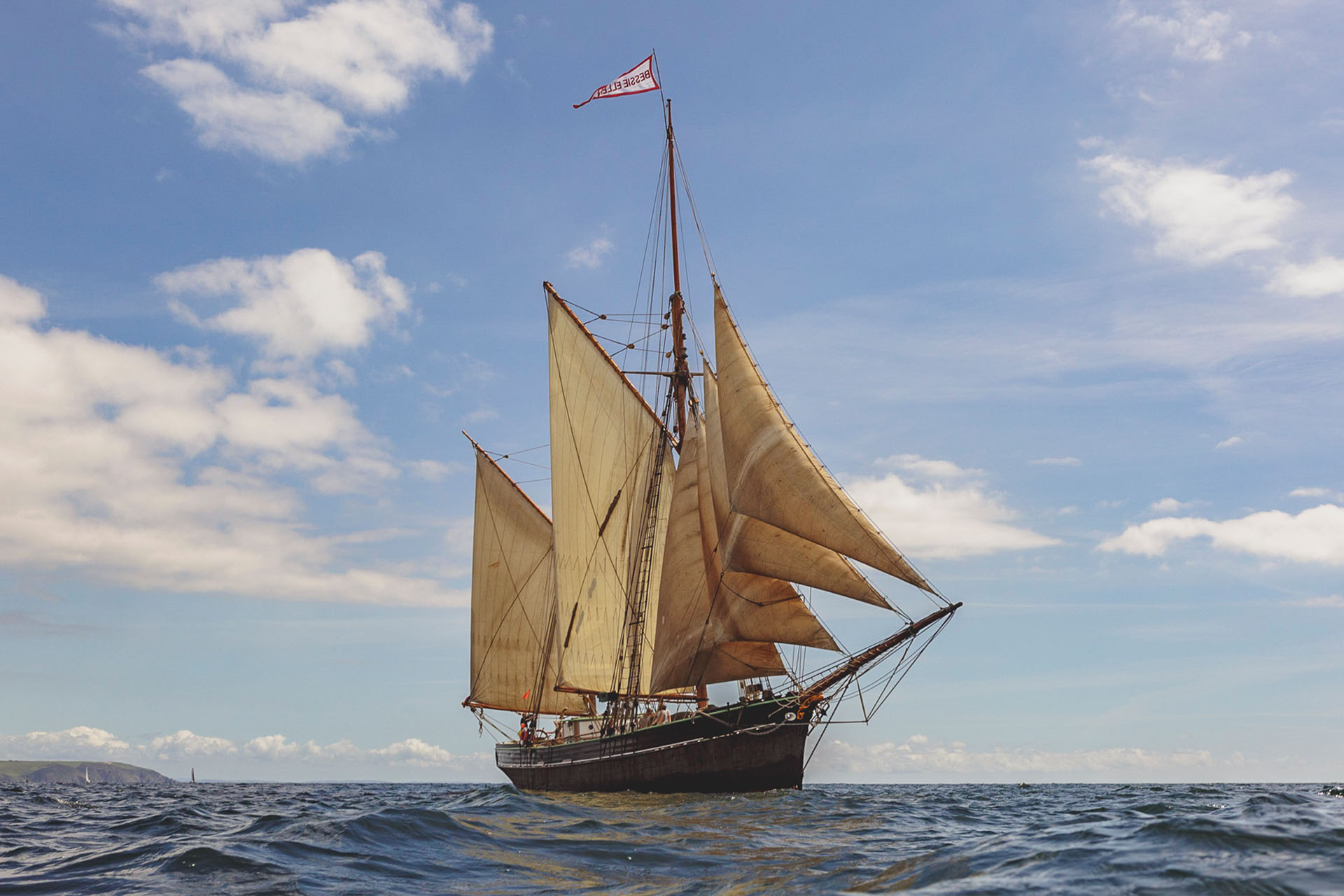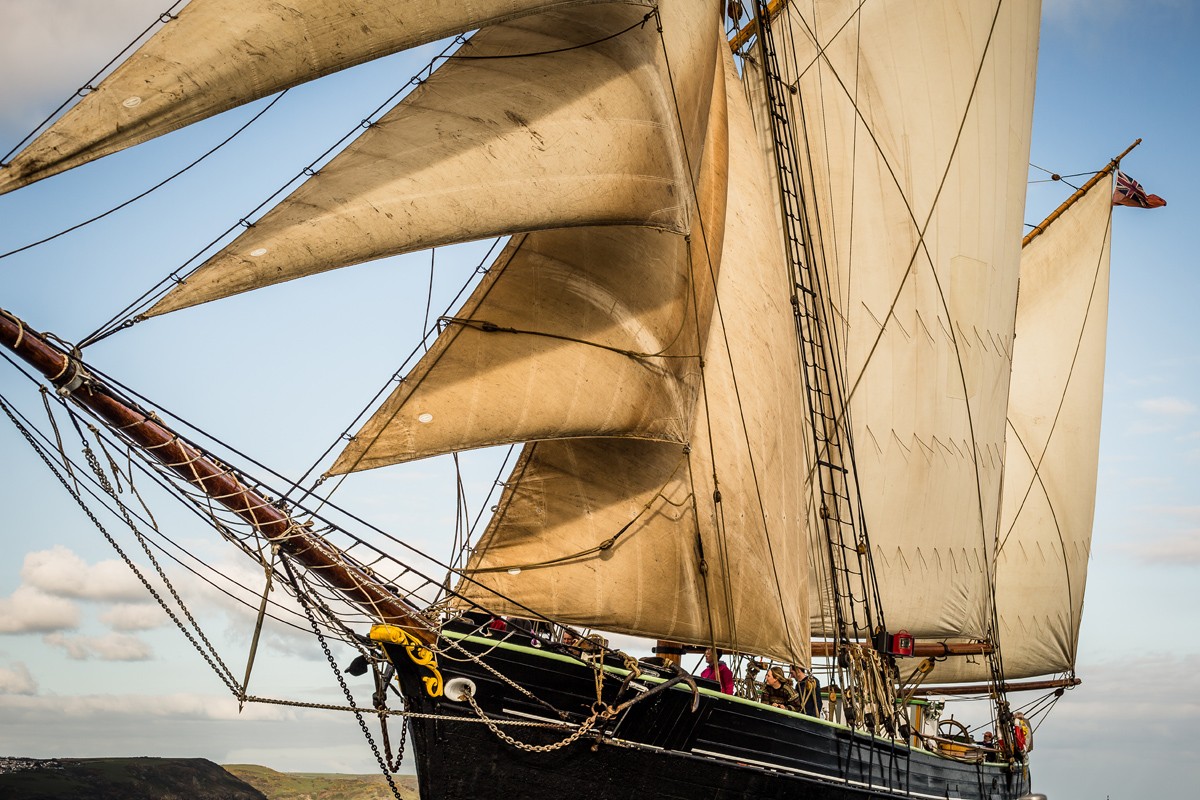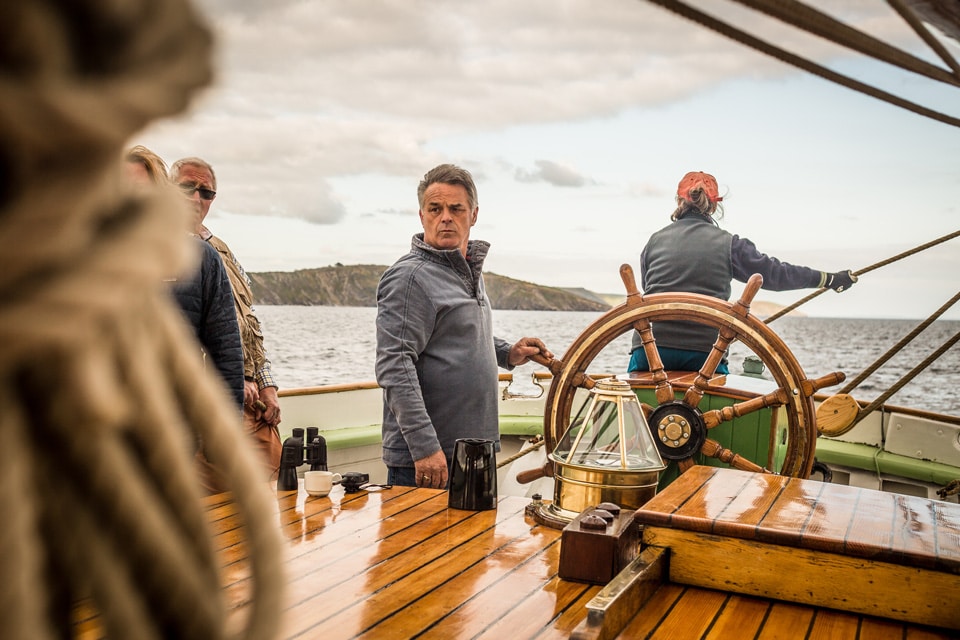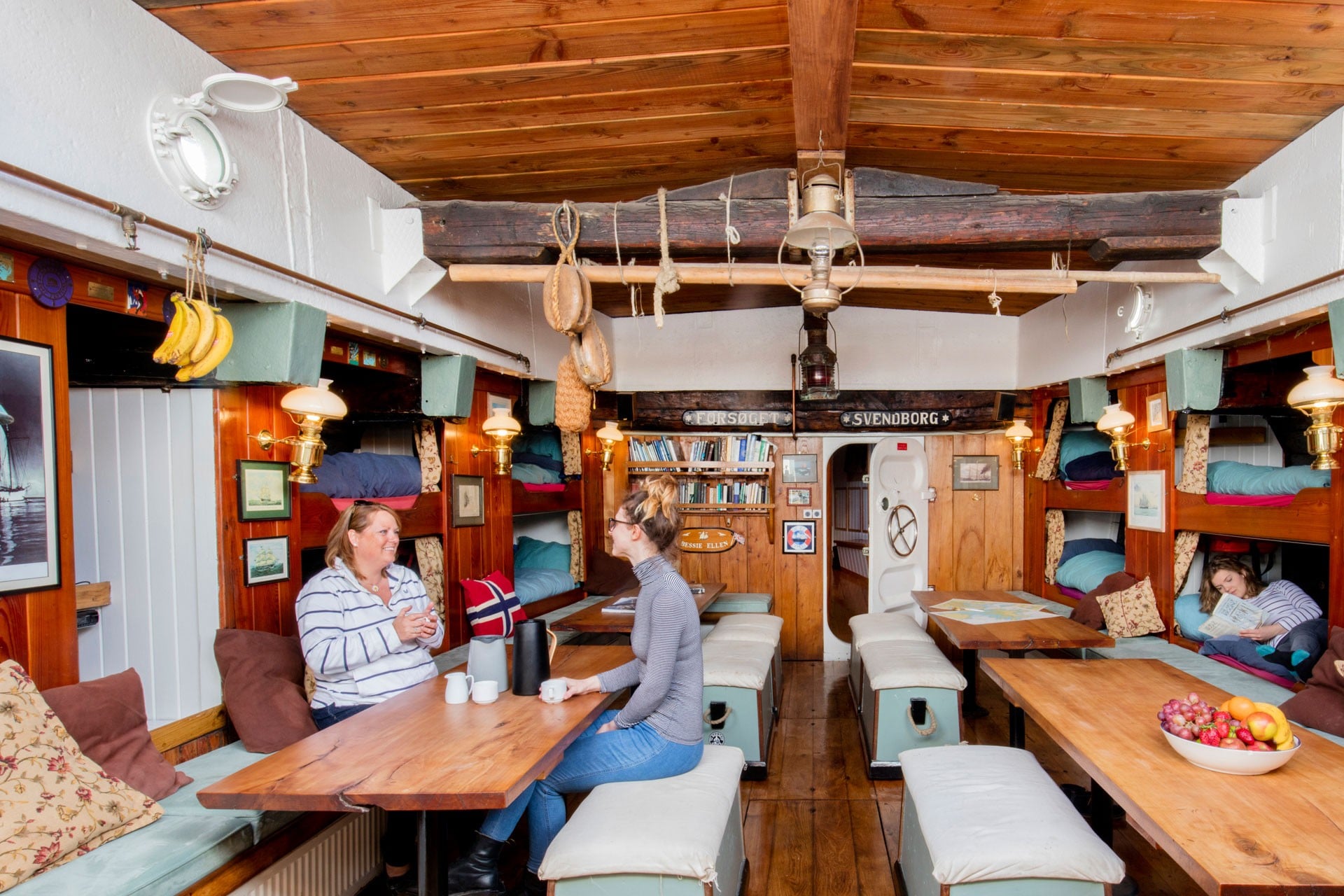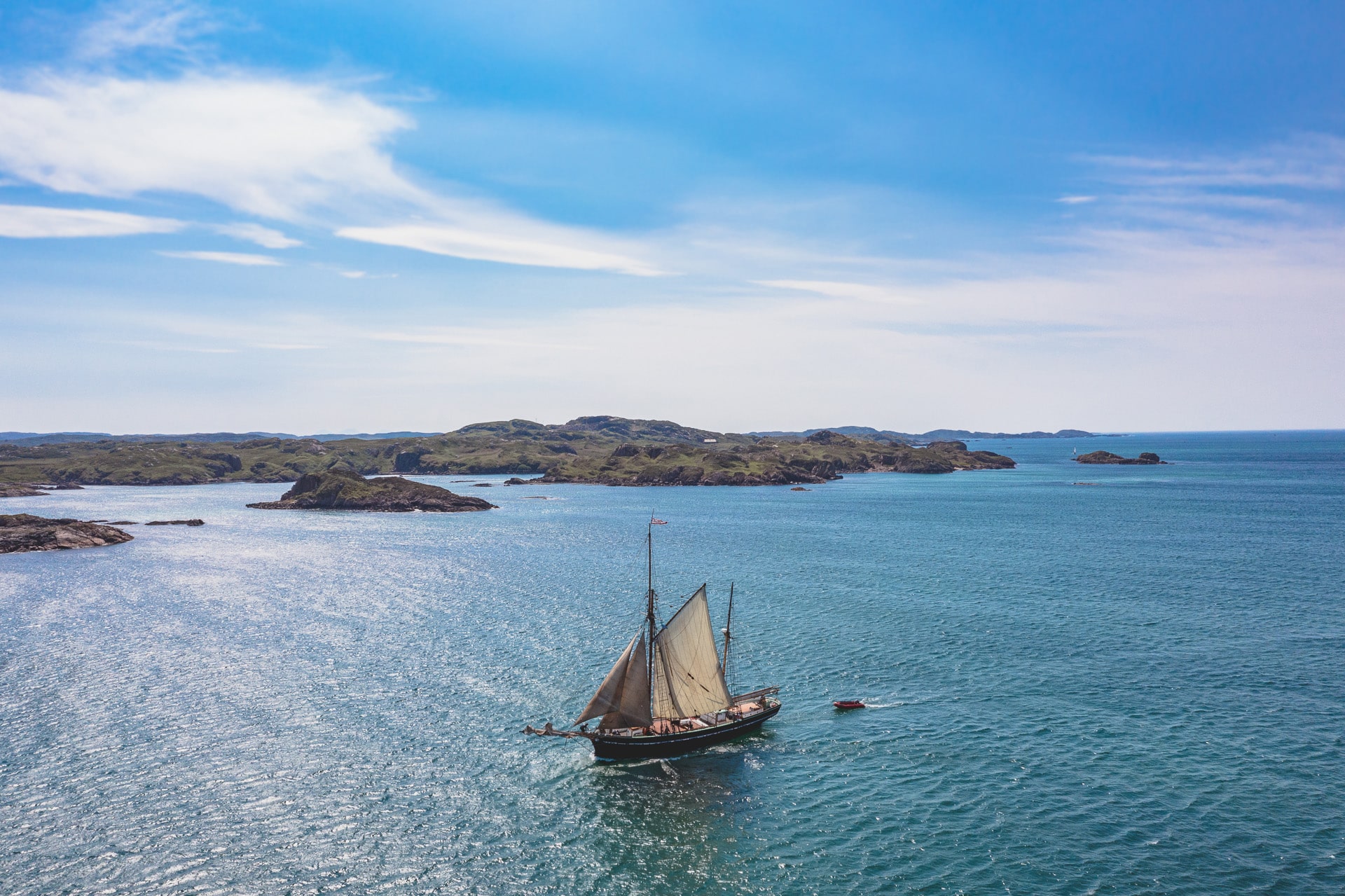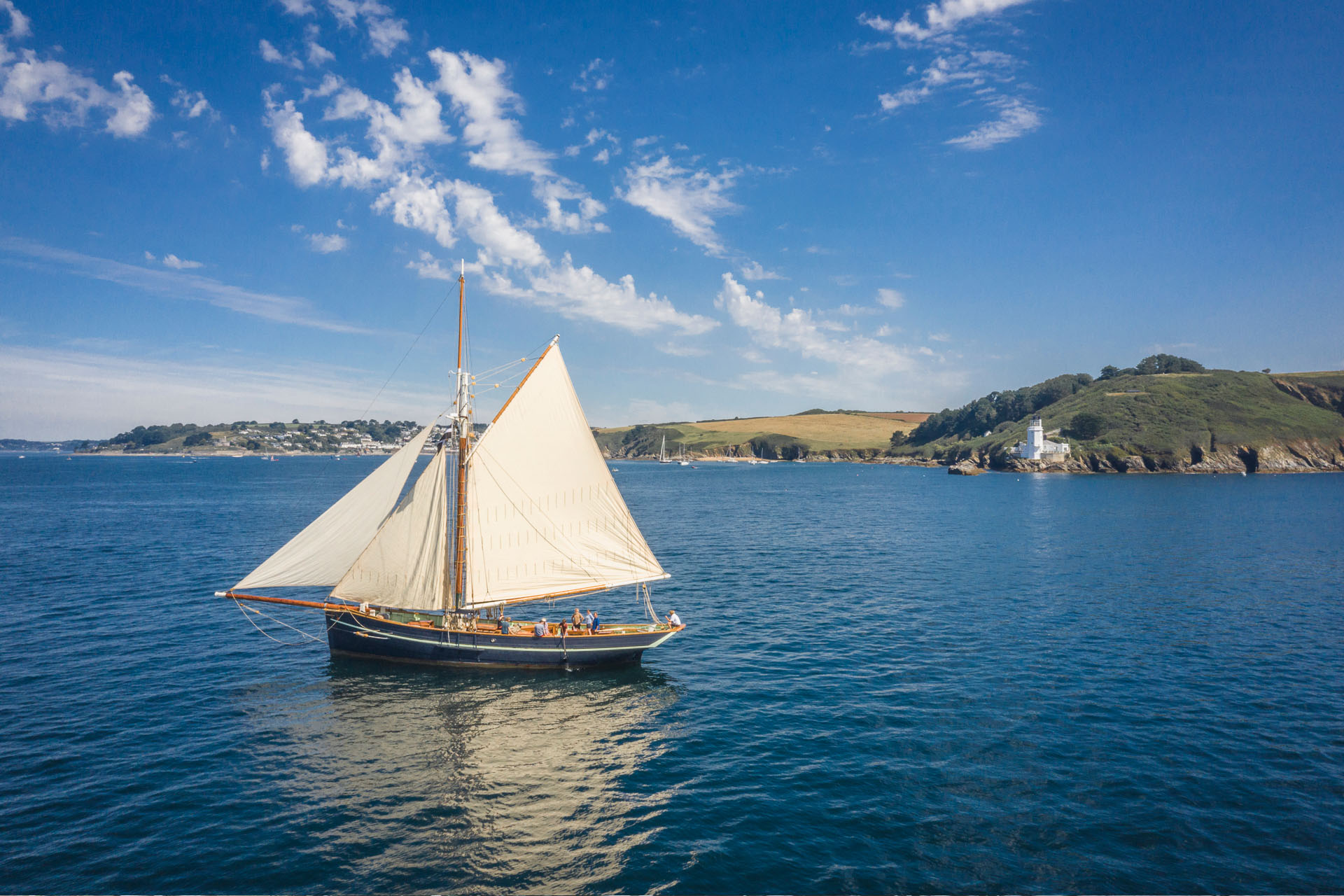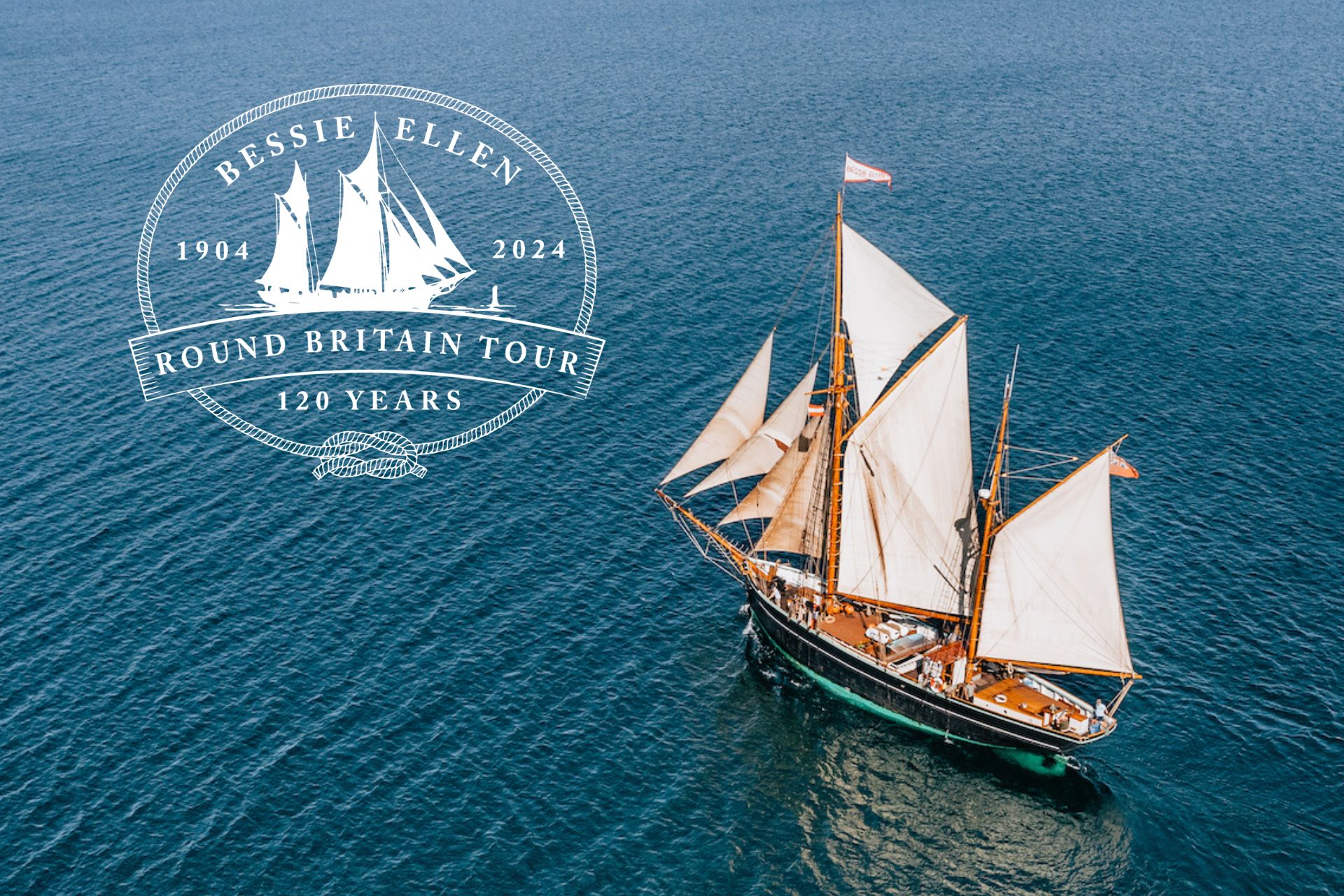
Step aboard the magnificent Bessie Ellen and embark on a remarkable journey through time as she celebrates 120 years of heritage sailing. Built in 1904 and lovingly restored, Bessie Ellen stands as a living testament to her maritime history, overflowing with stories from the past.
In her 2024 season, she will set sail around the British Isles, unveiling the mesmerising landscapes and seafaring heritage of the United Kingdom. Join her on one of her celebratory voyages as you immerse yourself in a hands-on sailing experience that will transport you back to a bygone era.
BESSIE ELLEN’S Round Britain Tour Schedule
Legs of the Journey
Spanning fourteen legs, Bessie Ellen’s voyage will showcase the coasts of Cornwall, the rugged shores of Wales and Scotland, the mystical Orkney Islands, and the East Coast. Each leg of the journey offers a unique opportunity to delve into the rich heritage of traditional sailing, exploring the history behind Bessie Ellen and her seafaring ancestors.
All the different legs promise an immersive experience where you can actively participate in sailing the ship. Feel the thrill of taking the helm, and learn the art of hoisting the sails through traditional rope work. As you engage in the fascinating practice of celestial navigation, you will connect with the age-old methods of guiding a ship by the stars. It’s an incredible chance to embrace the seafaring traditions of the past and acquire skills that have been passed down through generations.
Bessie Ellen’s Heritage Sailing History
To truly appreciate the significance of Bessie Ellen’s 120-year celebrations, it is essential to understand her remarkable heritage. Originally built in Plymouth in 1904, this west-country trading ketch has quite literally witnessed the changing tides of history. She began her seafaring life as a cargo ship, navigating treacherous waters and transporting goods across Ireland, Wales and the West Counties. Over the years, she has weathered storms, explored distant shores, and forged a deep connection with the maritime world.
In more recent years, she has been restored with meticulous attention by her current owner and skipper Nikki. Her wooden decks, towering masts, and traditional rigging transport you to a time when sail ruled the seas. The stories etched into her timbers whisper of daring adventures, incredible discoveries, and the relentless spirit of exploration.
Read about the history of the west country trading ketch
Preserving our Sailing History
Preserving historic vessels like Bessie Ellen is vital to our seafaring maritime heritage. These traditional wooden vessels serve as tangible links to our maritime past, allowing us to connect with the traditions, skills, and stories of those who sailed before us. They embody a bygone era when sailing was at the forefront of exploration and trade, reminding us of the bravery and resilience of our seafaring ancestors.
Maintaining historic vessels ensures that future generations can experience the magic of sailing on these iconic ships. By keeping them in sailing condition, we are providing opportunities for people to engage in hands-on experiences, learning traditional skills, and immersing themselves in the rich history of seafaring.
Preserving historic vessels encourages the ongoing development of traditional shipbuilding and restoration skills. The knowledge and craftsmanship required to maintain these vessels are passed down through generations, ensuring that invaluable skills are not lost to time. These skills, rooted in centuries of seafaring expertise, contribute to the broader maritime industry and support a thriving ecosystem of maritime trades.
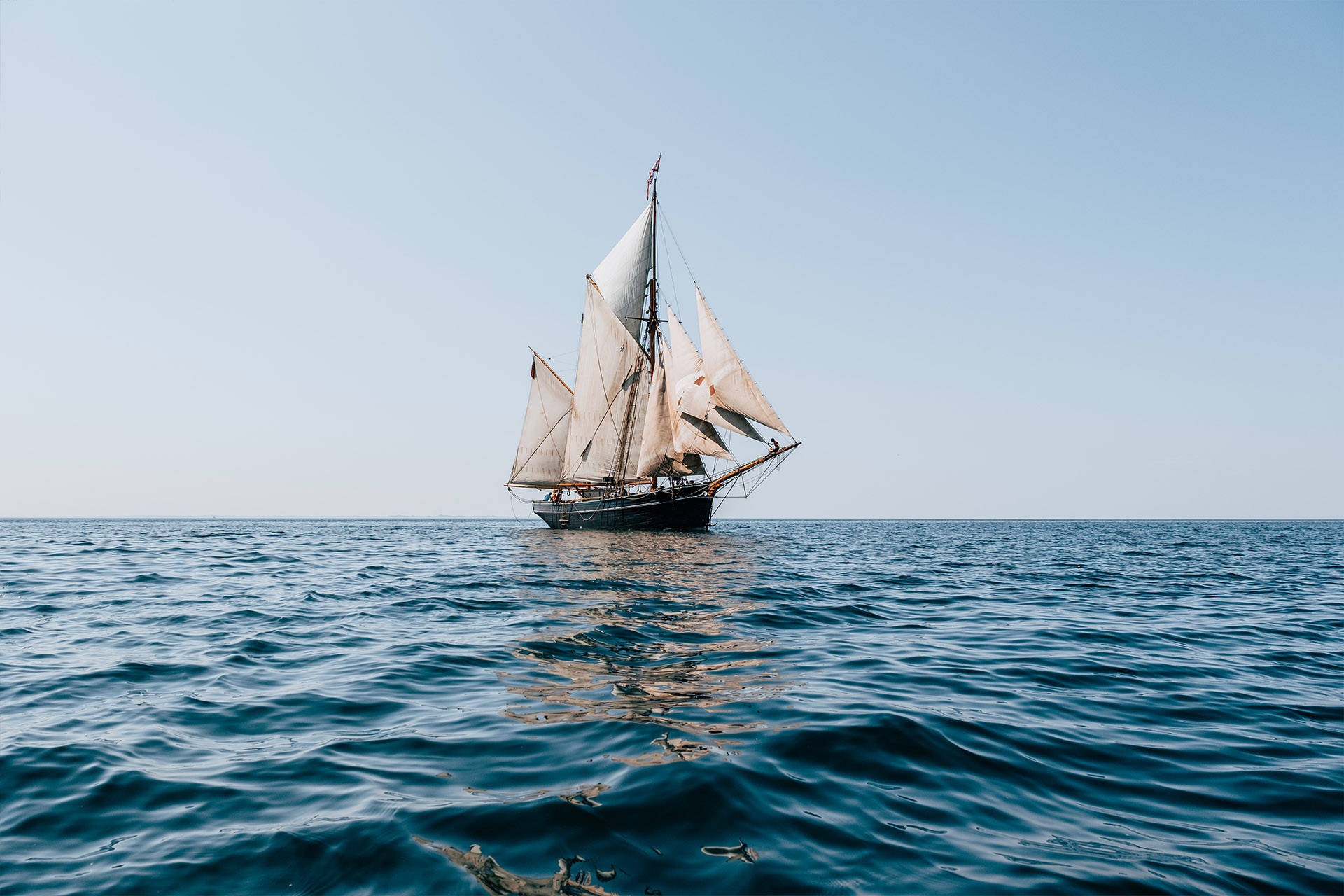
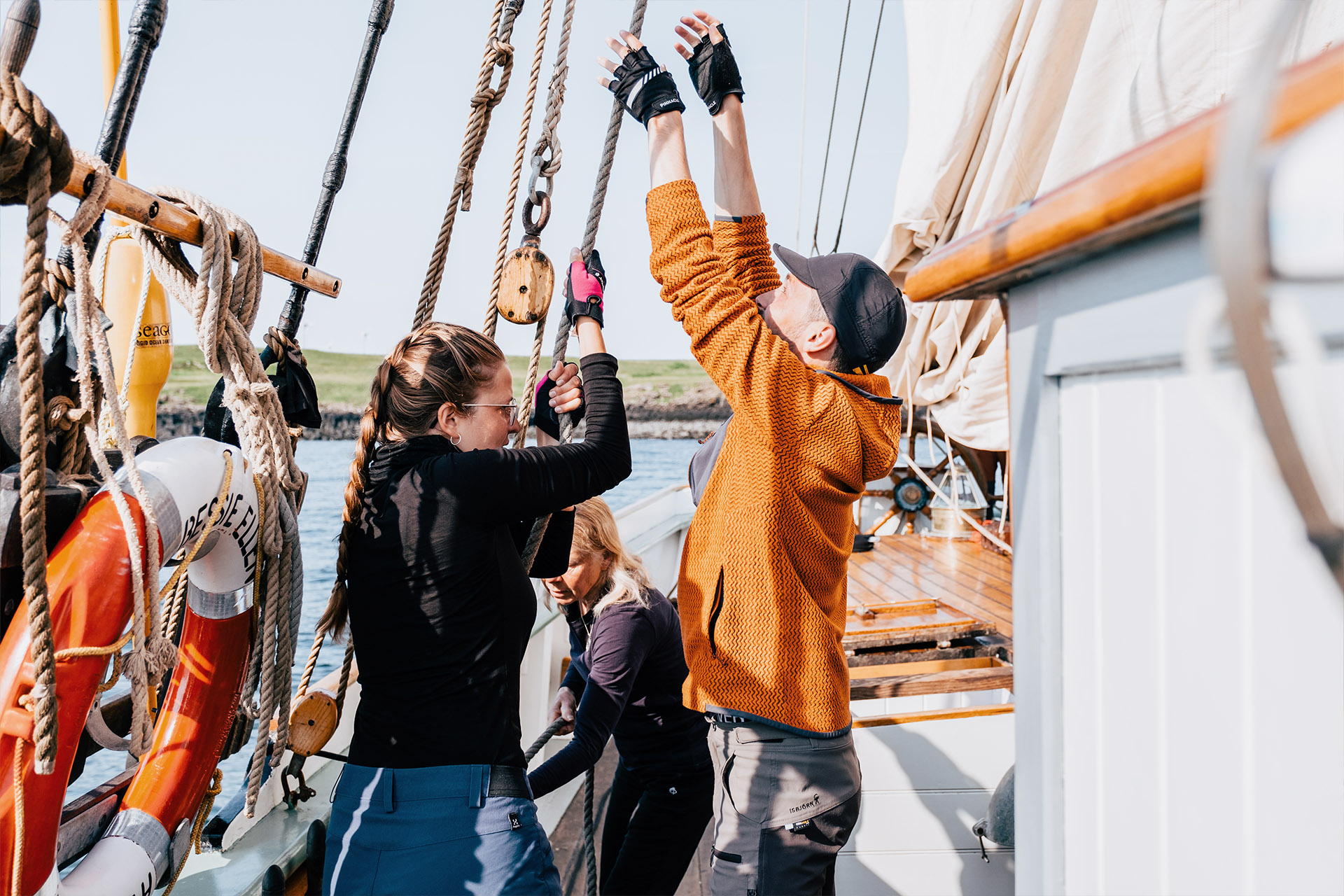
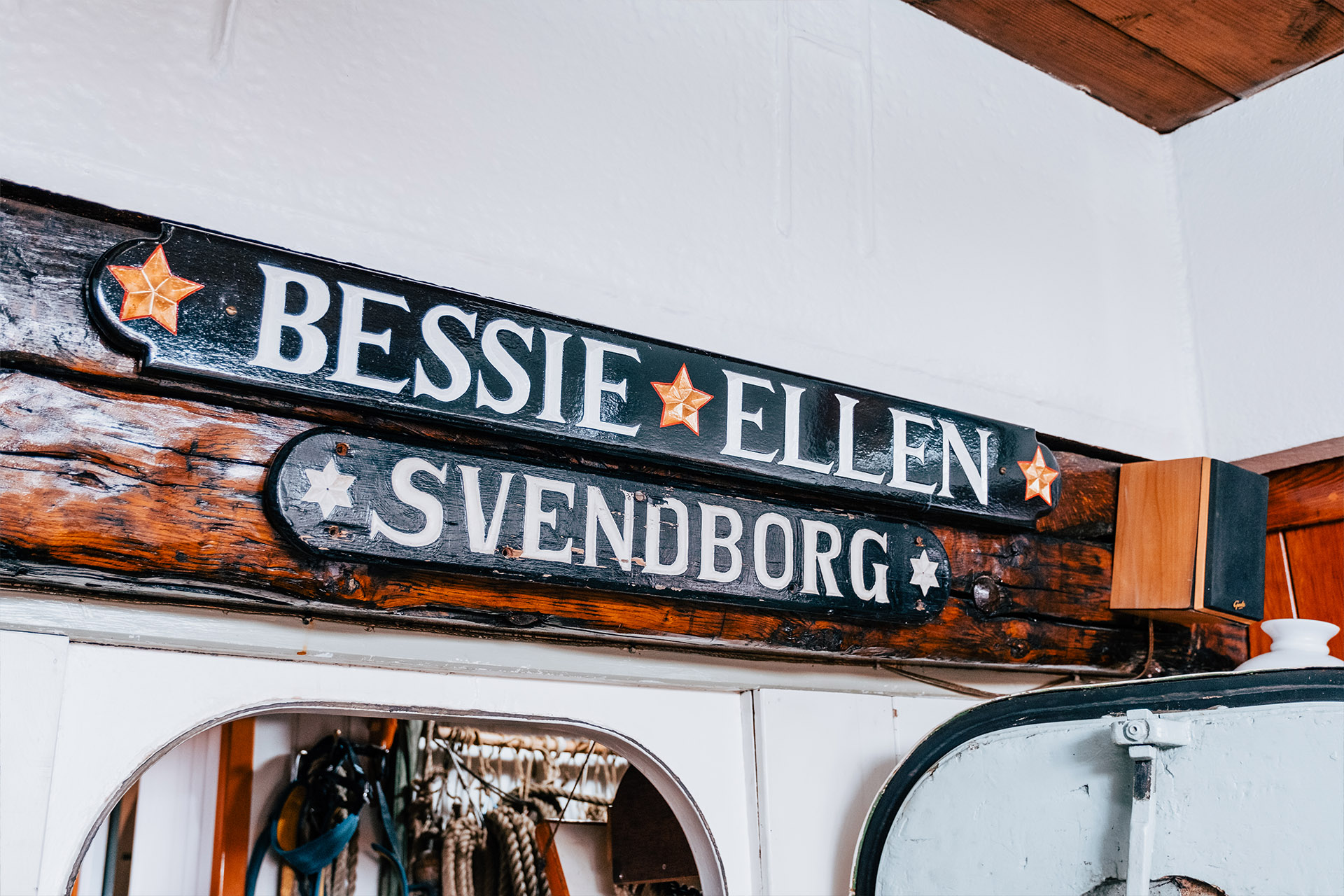
By joining Bessie Ellen’s 120-year celebrations, you are becoming a part of this living history. You will have the opportunity to converse with experienced crew members who possess a wealth of knowledge about the ship’s heritage. Listen to their tales of life at sea and absorb their passion for preserving the art of traditional sailing.
Bessie Ellen’s 120-year celebrations offer an opportunity to step into the world of maritime heritage. As you sail around the British Isles, you will be enveloped in the stories and seafaring traditions that have already shaped Bessie Ellen’s journey. Feel the wind in your hair, embrace the spirit of exploration, and create your own memories aboard this magnificent vessel. Celebrate her remarkable journey as she continues to sail into the future, preserving the legacy of heritage sailing for generations to come.

